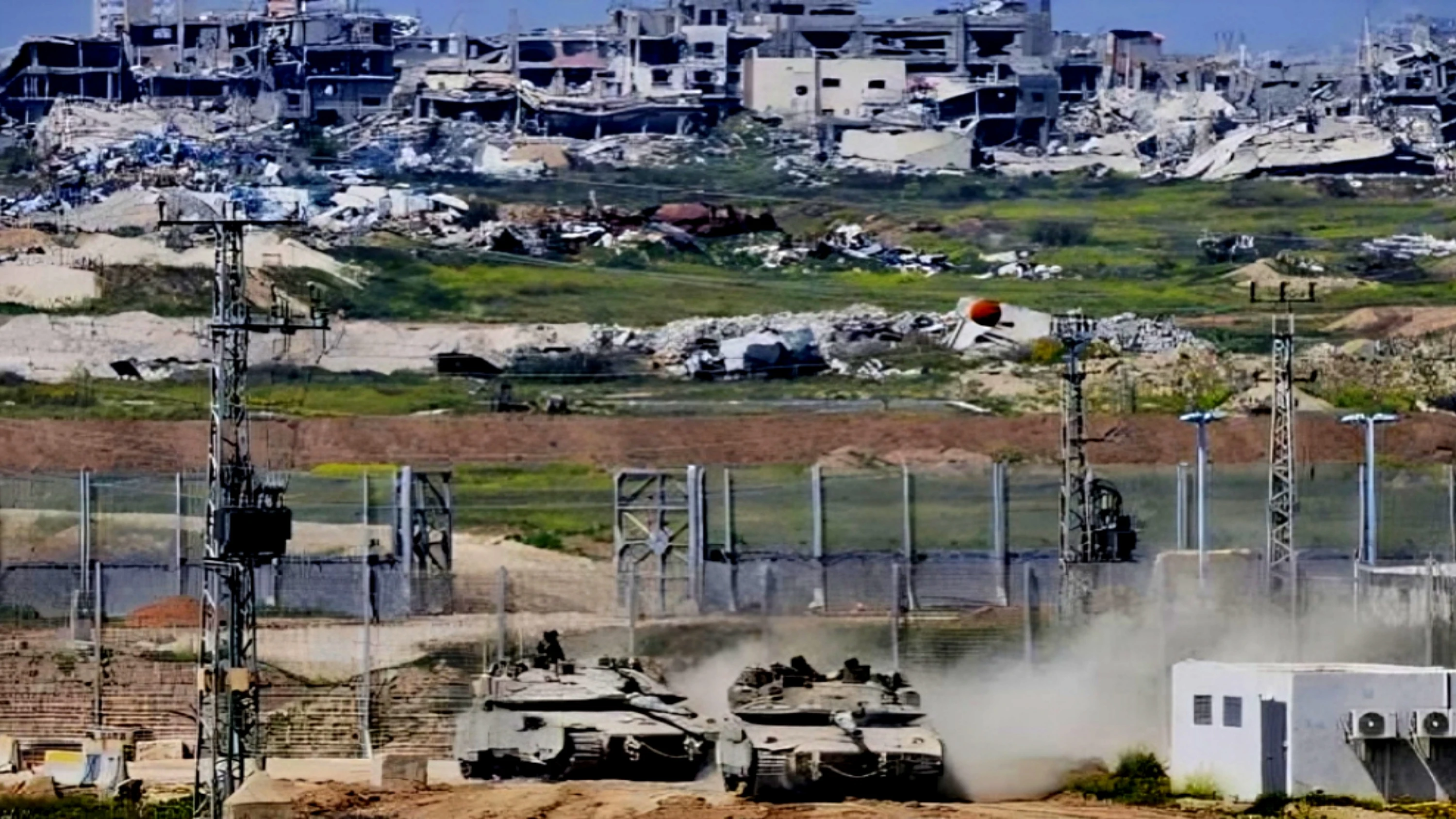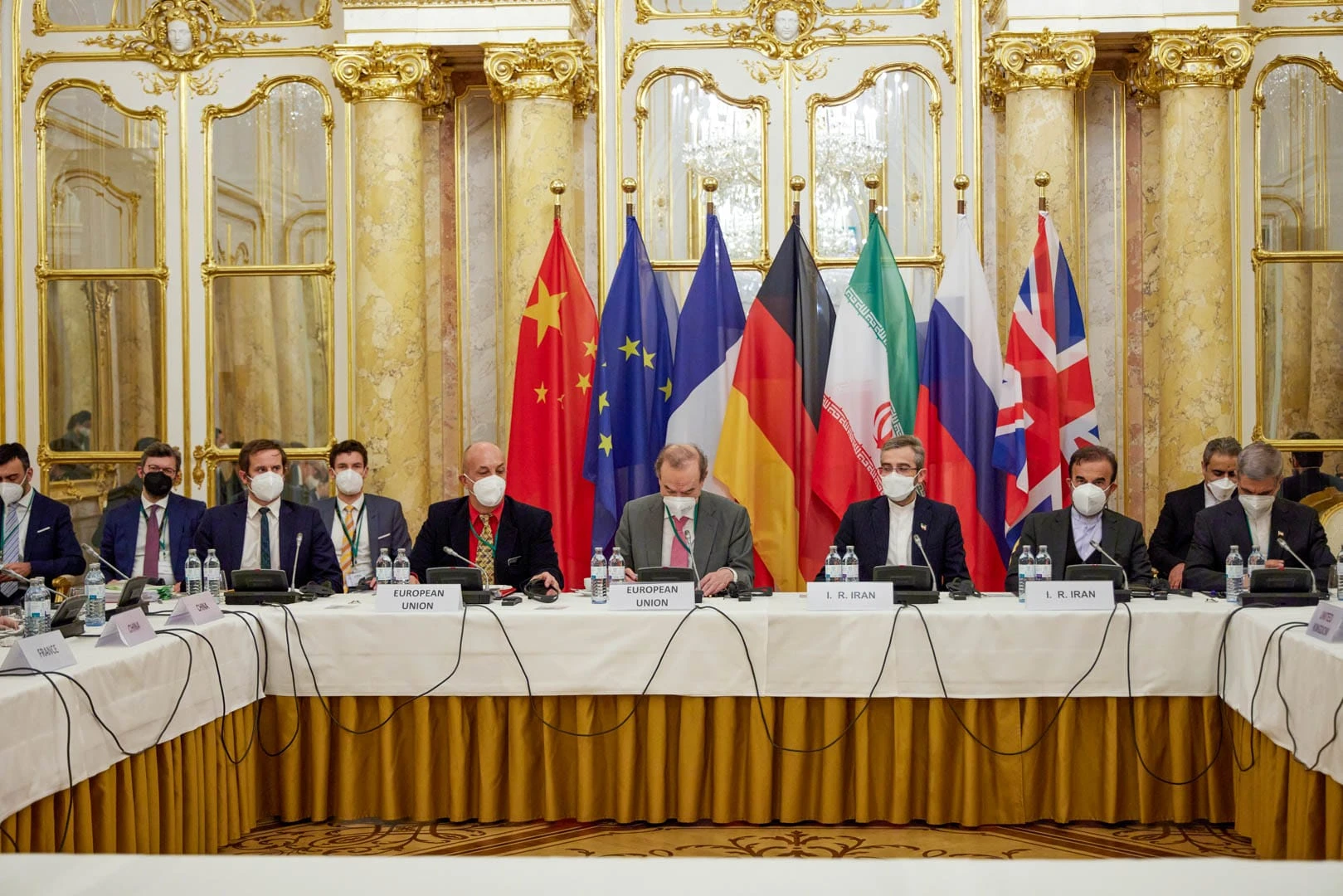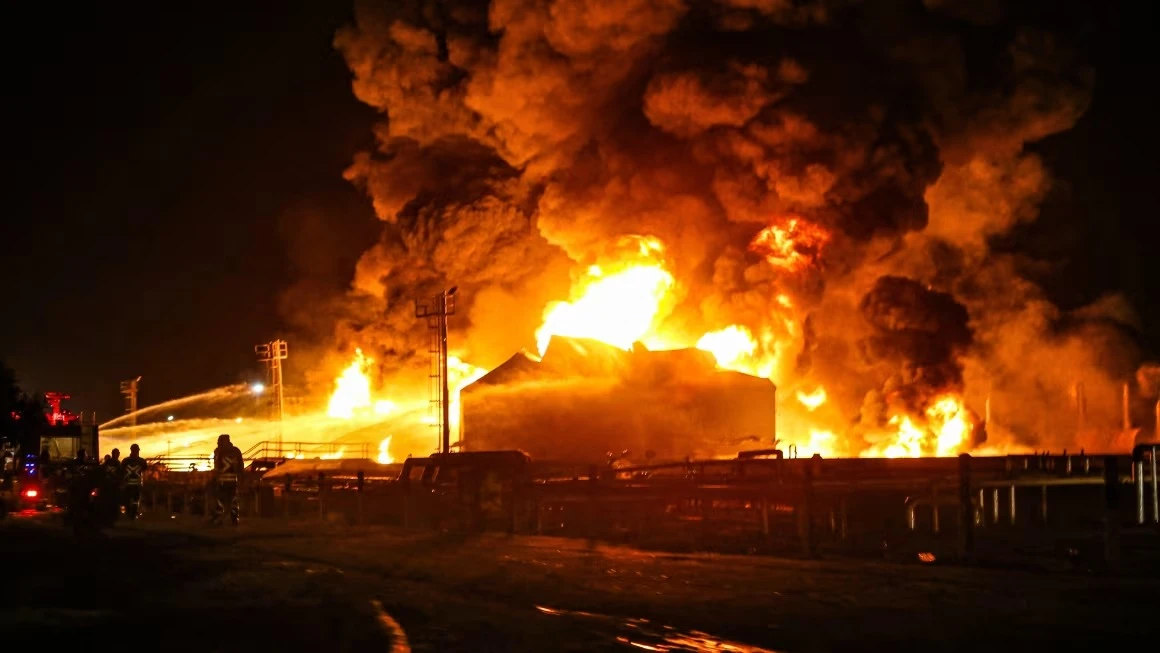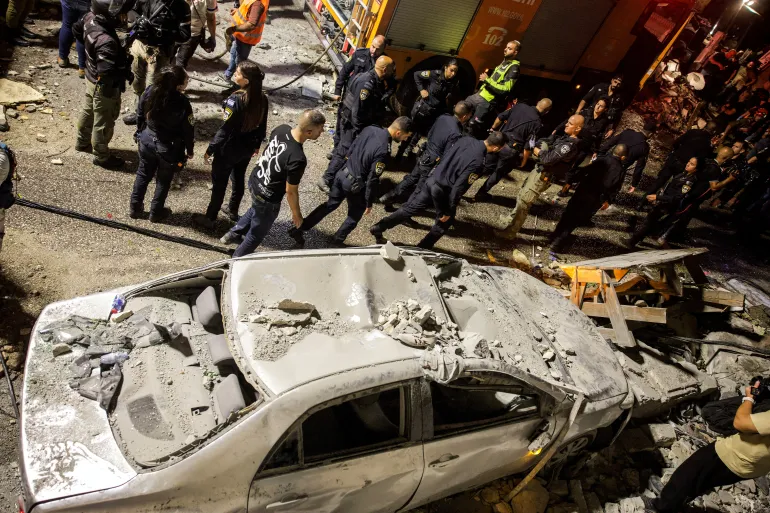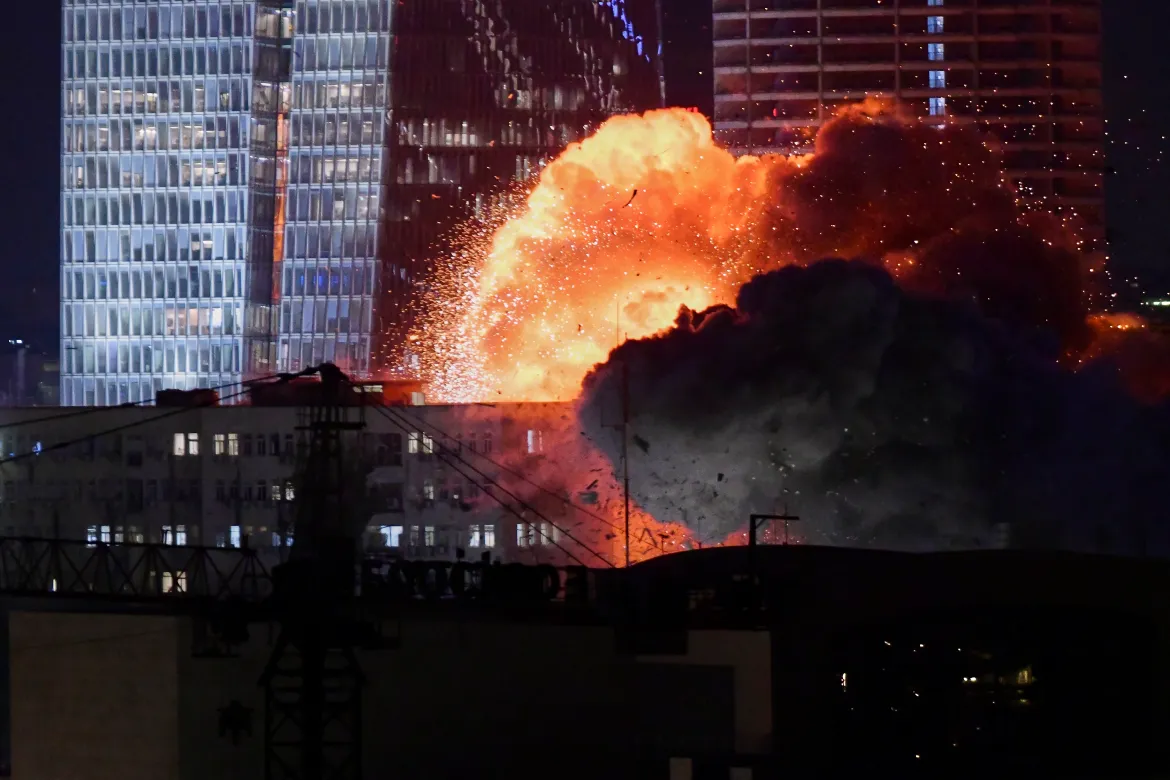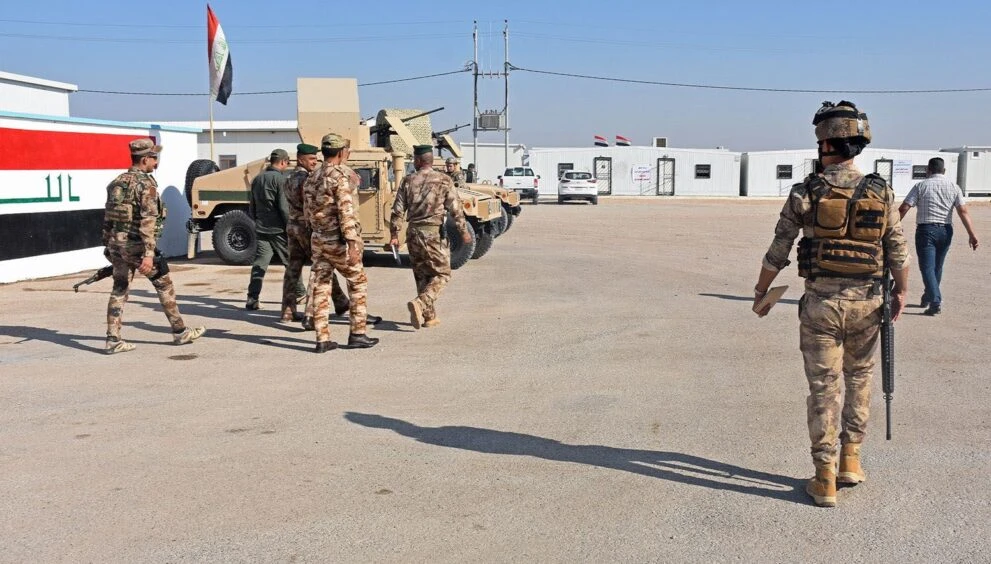Gaza: The Israeli military has announced the deployment of its 36th Division to a newly established security corridor in southern Gaza, dubbed the “Morag Corridor.” The corridor, named after a former Israeli settlement between Rafah and Khan Younis, is intended to sever the southern city of Rafah from the rest of the territory, according to Prime Minister Benjamin Netanyahu.
Netanyahu stated that this move is part of a broader strategy to intensify pressure on Hamas, with the ultimate goal of securing the release of remaining Israeli hostages. "We are cutting up the strip and increasing the pressure step by step," he said, ahead of a scheduled meeting with U.S. President Donald Trump in Washington on Monday.
Israeli Defense Minister Yoav Gallant indicated that parts of Gaza would be incorporated into what Israel calls its “security zones.” While the military has confirmed the presence of troops in the corridor, details regarding their numbers and precise locations remain unclear. Maps shared by Israeli media suggest the corridor stretches across the Gaza Strip from east to west.
In addition to the Morag Corridor, Israel has reasserted its control over the Netzarim Corridor in northern Gaza. This resurgence follows a recent escalation in violence after the breakdown of a ceasefire, during which Israel launched heavy bombardments aimed at pressuring Hamas into accepting revised terms.
Israel has maintained that the offensive will not stop until Hamas agrees to release hostages, disarm, and withdraw from Gaza. In a bid to increase pressure, Israel has also blocked deliveries of food, fuel, and humanitarian aid to the territory.
Hamas, meanwhile, insists it will only free hostages in return for a permanent ceasefire, the release of Palestinian prisoners, and an Israeli withdrawal. The group has rejected demands that it disarm or leave the enclave.
The conflict began after Hamas militants launched an attack on southern Israel on October 7, 2023, killing approximately 1,200 people—mostly civilians—and taking 251 hostages. To date, 59 hostages remain in Gaza, with 24 believed to be alive.
Since the war started, Hamas-run health authorities in Gaza report over 50,000 Palestinian deaths. These figures do not separate civilian casualties from militant fatalities.
In a recent incident that has sparked international outrage, 15 Palestinian medics were killed by Israeli forces last month. Their bodies, along with their destroyed vehicles, were reportedly buried in a mass grave uncovered last week. Footage recovered from one of the medics’ phones shows clearly marked emergency vehicles with flashing lights approaching an earlier attacked ambulance. The video contradicts Israel’s initial statement that the vehicles lacked emergency signals.
The footage captures the medics coming under sustained gunfire within seconds of arrival. The owner of the phone is heard praying and expressing sorrow, saying, “Forgive me, mother. This is the path I chose, mother, to help people.”
An Israeli military official later acknowledged the initial claim about the vehicles lacking emergency lights was incorrect. The army also asserted that the incident led to the killing of a Hamas operative, Mohammed Amin Shobaki, and eight others, but no bodies matching those identities were found at the site.
The Israeli military has not disclosed evidence supporting the claim of militant casualties, and investigations into the incident are ongoing. A video shared by the UN corroborates the location where the medics’ bodies were found, matching visual markers seen in the recovered phone footage.
The Palestinian Red Crescent and Palestinian officials have submitted the footage to the UN Security Council, calling for accountability and an end to attacks on humanitarian workers.


